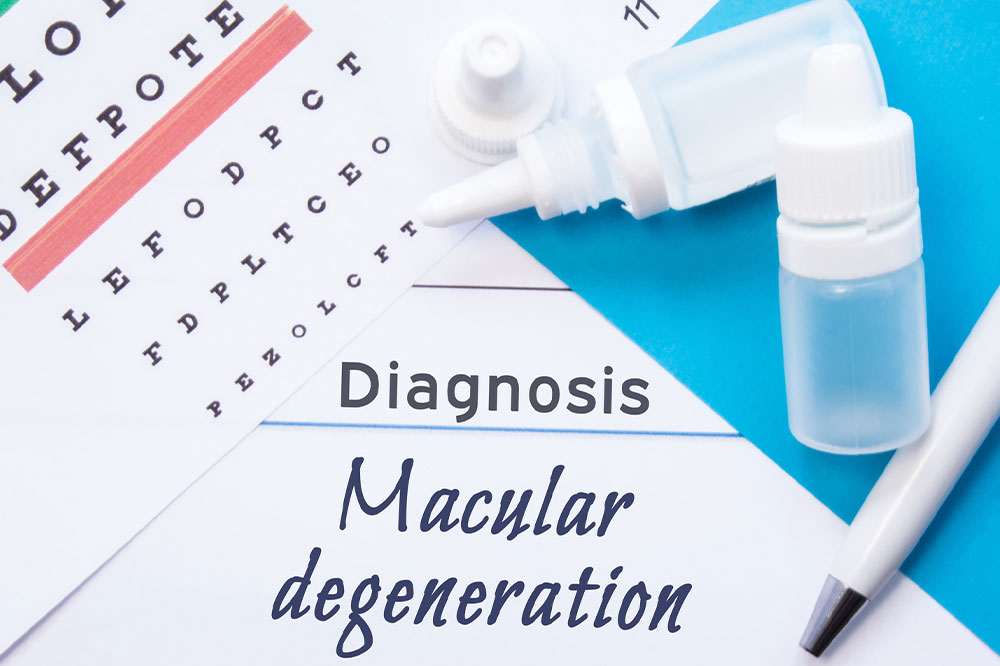Avoid these 13 toxic foods for dogs

A dog’s physical well-being is every dog parent’s ultimate objective. Today, with increasing awareness of pet care and nutrition, a wide range of dog foods that perfectly balance taste and nutrition are available in the market. Understanding a dog’s nutritional needs that cater to them effectively can help dog owners facilitate their pooches’ overall health. In addition, one should also be aware of certain products that can cause toxicity to dogs. Some of them are:
Chocolate
Chocolate comprises theobromine, a toxic substance that can cause several adverse reactions in dogs, including internal bleeding, hyperactivity, seizures, tremors, and sometimes even a stroke. Even a small portion of chocolate can prove toxic, so it should be avoided.
Raisins and grapes
All grapes – including cooked, seedless, peeled, and dried – can increase a dog’s risk of developing kidney or renal failure. Even consuming one grape can cause severe toxicity among dogs, though studies have failed to determine the exact substance in grapes that causes this toxicity.
Dairy
Dairy items may not be directly harmful or toxic to dogs. However, some dogs are lactose intolerant and cannot process the sugar found in dairy products. Milk and its by-products, such as cheese, yogurt, or ice cream, can cause diarrhea and other related problems in such dogs.
Xylitol
Xylitol is a substance in foods like cookies, muffins, sweet bread, candy, and gum. This substance can cause toxic reactions among dogs, including seizures, liver failure, and loss of muscle coordination. It can also cause excessive insulin release in the pancreas, increasing blood sugar levels.
Caffeine
While humans should consume caffeine in limited quantities, its effects are even more pronounced and dangerous among dogs. Increased blood pressure, cardiac arrest, palpitations, and hyperactivity are some adverse reactions dogs face upon ingesting caffeinated beverages like tea, coffee, and energy drinks. Moreover, caffeine ingestion can disrupt their sleep schedule, so it must be avoided at all costs.
Macadamia nuts
Although the toxic component contained in these nuts is unknown, it can severely affect a dog’s muscles and nervous system, resulting in swollen limbs, weakness, and panting. Hence, macadamia nuts are strictly prohibited for dogs.
Cooked bones
Cooked bones can easily chip away, and ingesting bones can cause digestive issues like constipation among dogs. In worse situations, it can lead to gut perforation, which can prove fatal to dogs. Hence, dog parents should ensure providing only raw bones to dogs.
Avocados
Although avocado is highly recommended for humans, this plant’s leaves, fruits, and seeds contain persin, which can cause diarrhea and vomiting among dogs.
Garlic and onion
Onion and garlic belong to the allium family and contain thiosulphates and disulfides, which can poison dogs. Therefore, dogs’ meals should strictly avoid garlic, onion, and all allium vegetables.
Citrus plants
While some citrus fruits may be harmless and beneficial for dogs, some parts of citrus plants can be harmful to dogs. For example, lemon and orange peels can cause severe toxicity among dogs; hence, while feeding citrus fruits to dogs, the peels should be removed entirely.
Raw tomatoes
Ripe tomatoes are safe and healthy dog food choices and are incorporated into many dog foods. On the other hand, raw tomatoes can cause extreme repercussions like pupil dilation, stomach upset, arrhythmia, and weakness. Hence, tomatoes should be served to dogs only in their cooked form.
Walnuts
Walnuts can cause choking in dogs due to their small size. Moreover, they contain high-fat levels, which can cause an upset stomach, diarrhea, and even pancreatitis. Feeding a small walnut to dogs now and then is not a bad idea; however, one should refrain from serving them walnuts in large quantities.
Mustard seeds
Mustard seeds contain compounds like isothiocyanates and glucosinolates, which irritates the mucous membranes in dogs, increasing their risk of ulcers. Thus, foods containing mustard seeds should not be fed to dogs.
Nutrition tips for dogs
Check for intolerances
Many dogs may be intolerant to substances like peanuts, gluten, and lactose, which can lead to digestive problems like constipation and diarrhea. Hence, dog owners should observe any such signs due to ingesting certain foods or food groups and eliminate them from their pets’ meal plans.
Consider the dog’s age and weight
While puppies require more proteins, carbs, and fats to meet their energy requirements, adult dogs require fewer nutrients, and senior dogs have the least carb, protein, and fat requirements. Similarly, considering a dog’s weight is also essential in determining the quantity of fats and carbohydrates, it should be fed. Dog owners should consider such factors while preparing their dogs’ meal plans.
Go for regular vet visits
Regular vet visits are essential for dog owners to understand whether their dog has developed autoimmune or other diseases and if its nutritional needs are being met. It is a good idea to schedule vet visits at least once every month. Moreover, when introducing a new food item or a supplement to your pet, it is always better to consult the veterinarian first.
Avoid processed and fast foods
Processed meats, cheeses, and other fast foods can increase dogs’ cholesterol and blood sugar levels and elevate their risk of cardiovascular diseases. Hence, replacing such foods with unprocessed, lean meat sources and home-cooked foods is best to ensure their health and well-being.
Do not miss regular walks and exercise
A healthy meal plan should be supplemented by regular exercise, even for one’s canine friend. Thus, it is important to schedule walks every morning or evening, depending on the dog’s breed and age, and ensure it is physically active. A spacious home also helps prevent a sedentary lifestyle among dogs.
Dog health and nutrition should be the priority among pet owners. Balancing nutrition and physical activity is vital to ensure a dog’s overall physical health.







